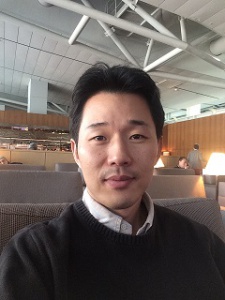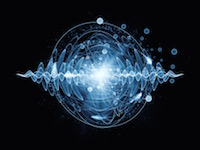
- Speaker: Prof. Choongyu Hwang (Pusan National University)
- Date: Wednesday, November 16, 2016, at 17:00
- Place: Jungho Seminar Room
Photoemission spectroscopy is one of the powerful tools to understand electrons that ultimately determine electronic, magnetic, chemical, mechanical, optical, thermal, and structural properties of a material. More specifically, angle-resolved photoemission spectroscopy (ARPES) shows how electrons are bound within a crystal as a function of energy and momentum, revealing fundamental information ranging from basic electron band structure to complicated many-body physics. These characteristic capabilities of ARPES play an important role in exploring electronic properties of low-dimensional systems, e.g., graphene, a prototypical two-dimensional system, and cuprates, layered materials, exhibiting high-temperature superconductivity. In addition, recent development of the ARPES technique made it possible to study (1) ultrafast dynamics of charge carriers and (2) another quantum number, spin, that will play important roles in understanding new correlated electron phases. I will also briefly introduce many-body effects in graphene studied using ARPES technique.
